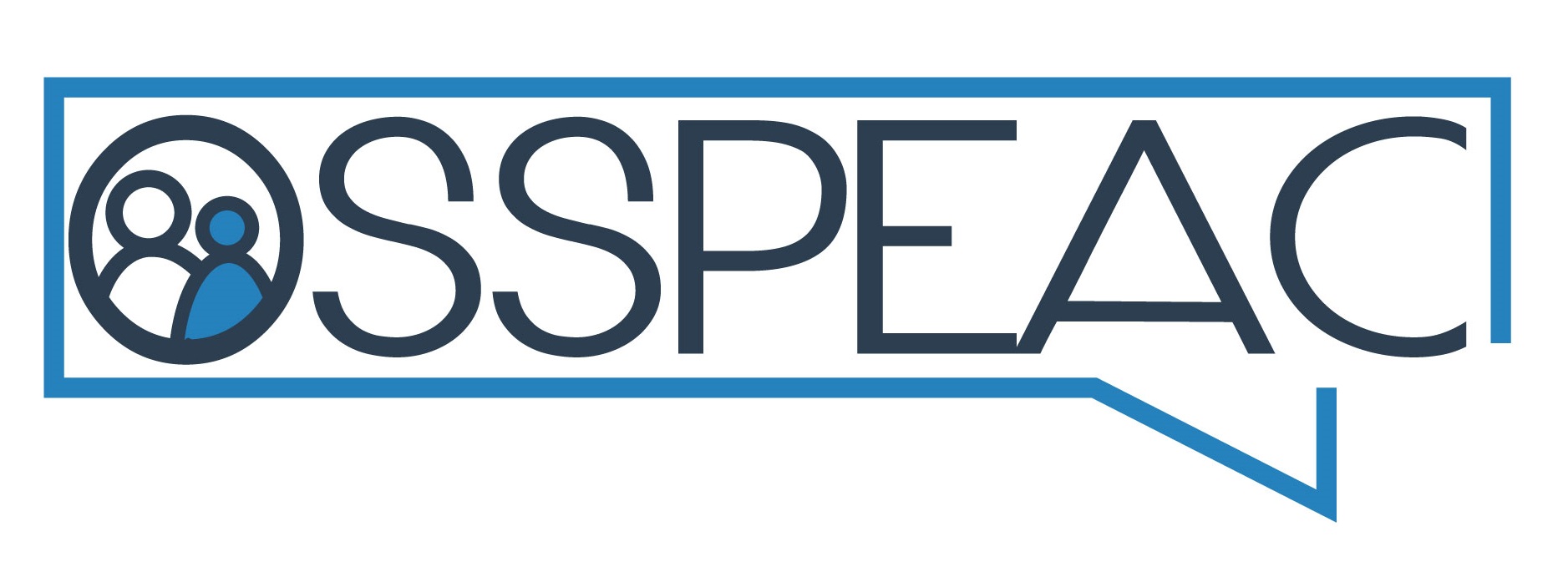Click HERE to download the new Workload Calculator. Please feel free to use this blank copy to insert your own data and times. Make sure to complete each tab to get the most accurate results.
To see an example of a Workload calculator that has been completed, please click HERE!
Suggested Steps for Using the Workload Calculator
- Make sure you have an up to date version of Microsoft Excel software installed on your computer.
- Download the Workload Calculator from the OSSPEAC website and open the calculator. You will see a series of tabs/pages across the bottom of the Excel spreadsheet. We will be using those tabs/pages to complete the following steps.
- Step 1: Under the “Scheduled Hours” tab report the number of hours expected to work during a 4 week period of time. Follow the on-screen directions
- Step 2: Under the “Standard Deductions” tab calculate and subtract the time spent on workload related duties (e.g. staff meetings, travel, RtI, bus duty)
- Step 3: The next tab in the Workload Calculator is the “Planning” tab. The activities listed here significantly overlap with the next tab “Workload duties.” Due to this overlap it is appropriate to skip the Planning tab.
- Step 4: Complete the “Workload Duties” calculations. It will be helpful to think ahead and list all the duties you complete throughout the work day to make an accurate estimate. Then calculate and subtract the time spent on workload duties.
- Step 5: Calculate and subtract the time needed for services and interventions. Include students who are on IEPs, service plans and 504 plans.
- Step 6: The “Mixed Caseload” calculation tab assigns weights for children on a mixed caseload only. Examples of a mixed caseload may include:
- Preschool and school-age students
OR
- All school-age students if the caseload includes students with a diagnosis of hearing impairment, multiple disabilities, autism, other health impairment (major and minor), and orthopedic handicap.
- In a mixed caseload Preschool students with a disability and school-age students with hearing impairment, multiple disabilities, autism, other health impairment (major and minor), and orthopedic handicap all receive a weight of 1.6.
- Children identified from the remaining disability categories are assigned a weight of 1.
- This weighted formula only applies to mixed caseloads. If an SLP provides services only to Preschool students or to school-age children who only have disabilities other than the categories listed above, then the requirement for a mixed caseload has not been met.
- Step 7: Review the Summary Tab. On this page the calculator displays a comparison between time contracted to work with time needed to complete the proposed workload.
- Expanded information including video instructions will be available in the future on the DEW website and also on the OCALI website.

